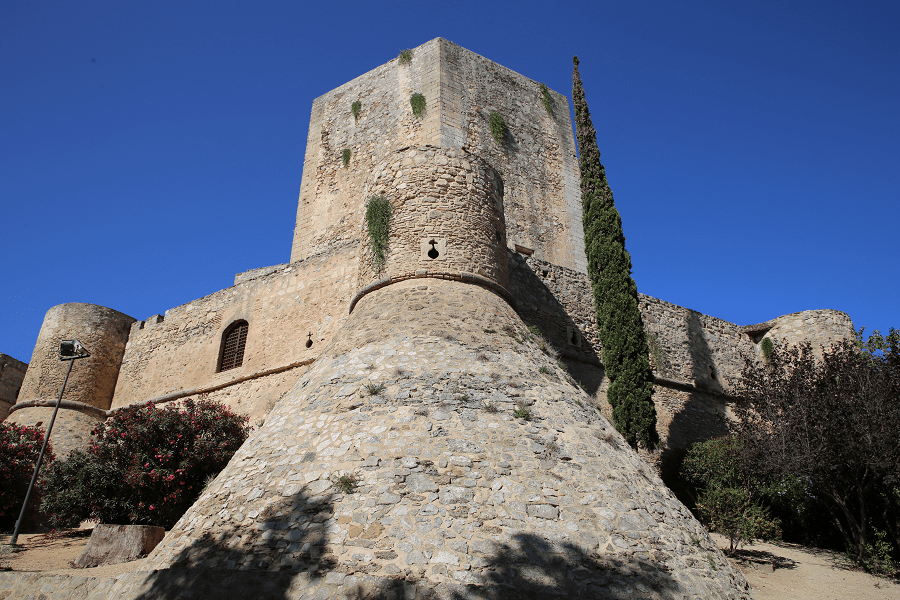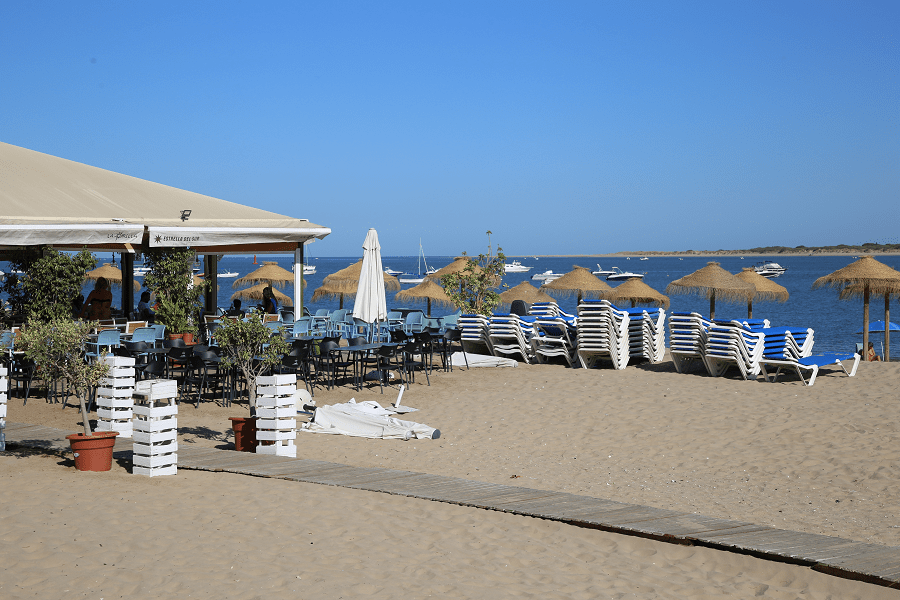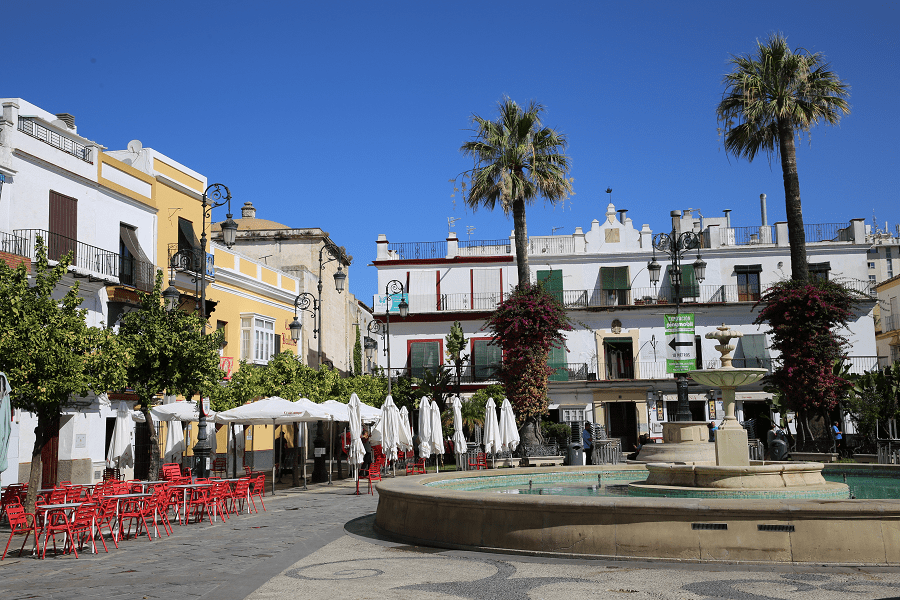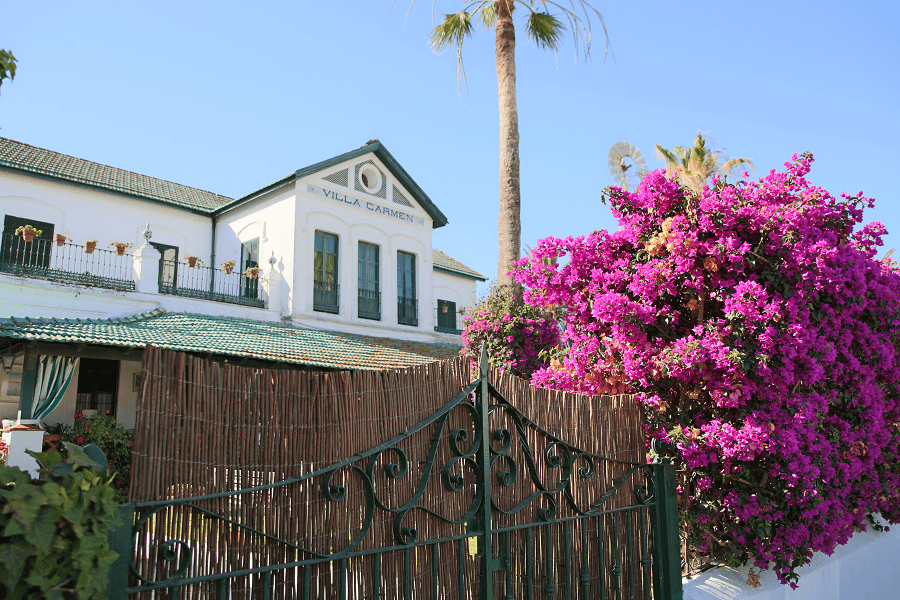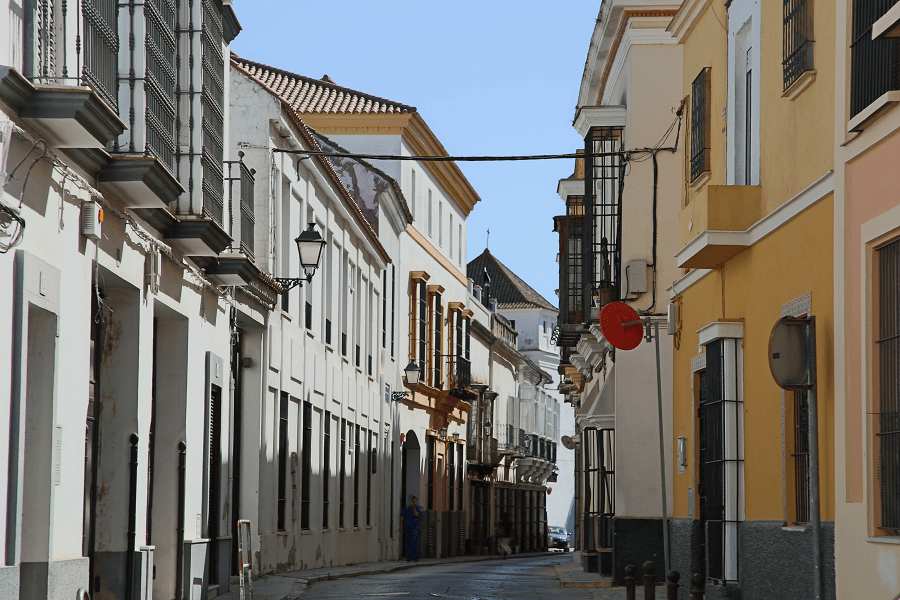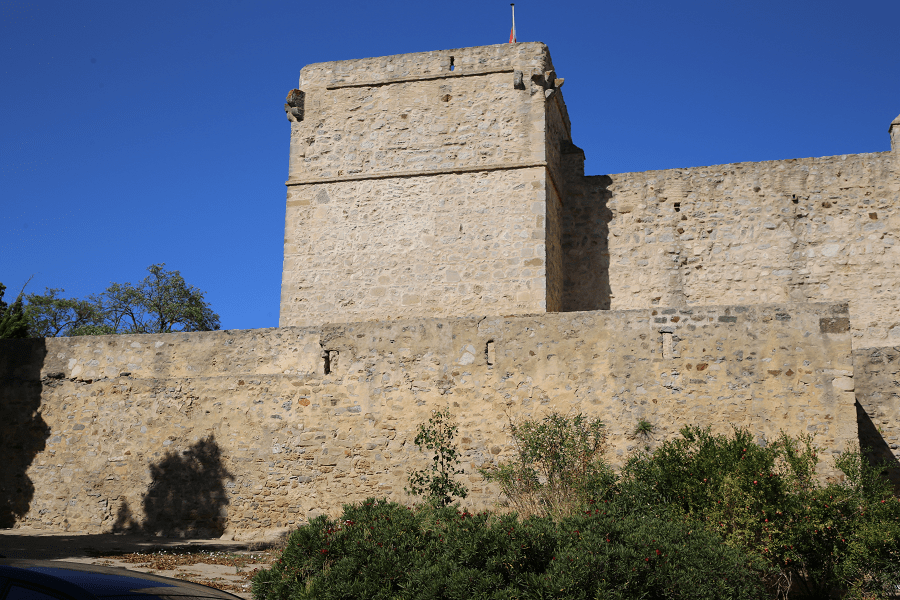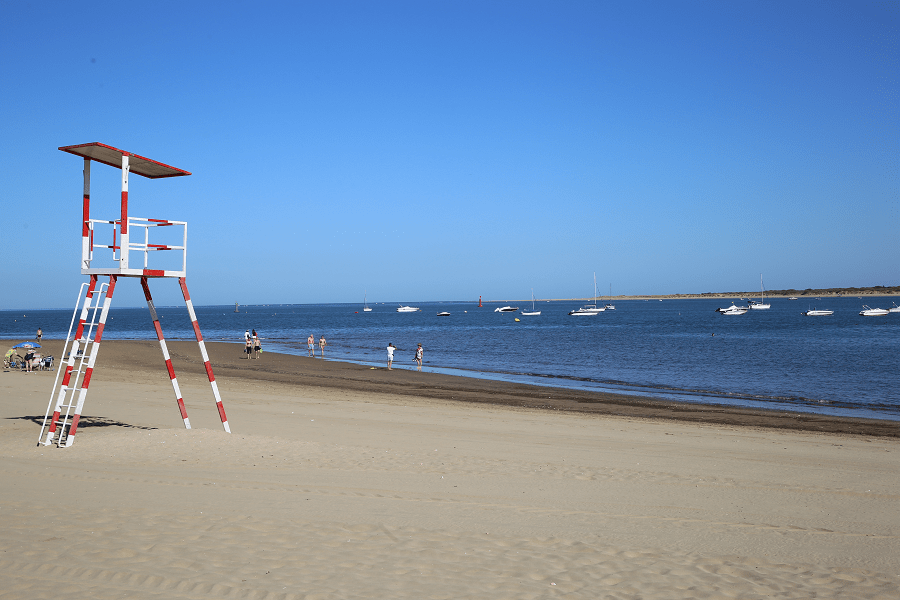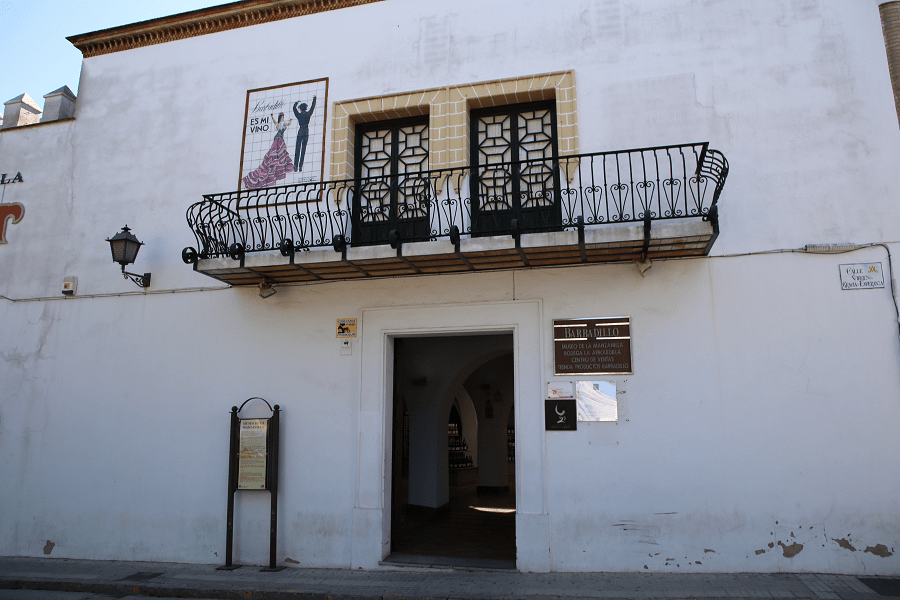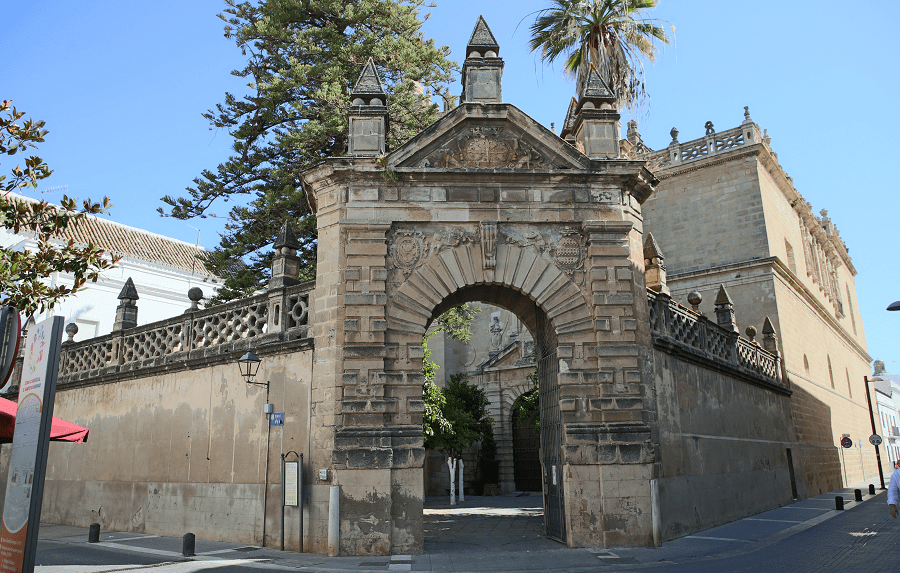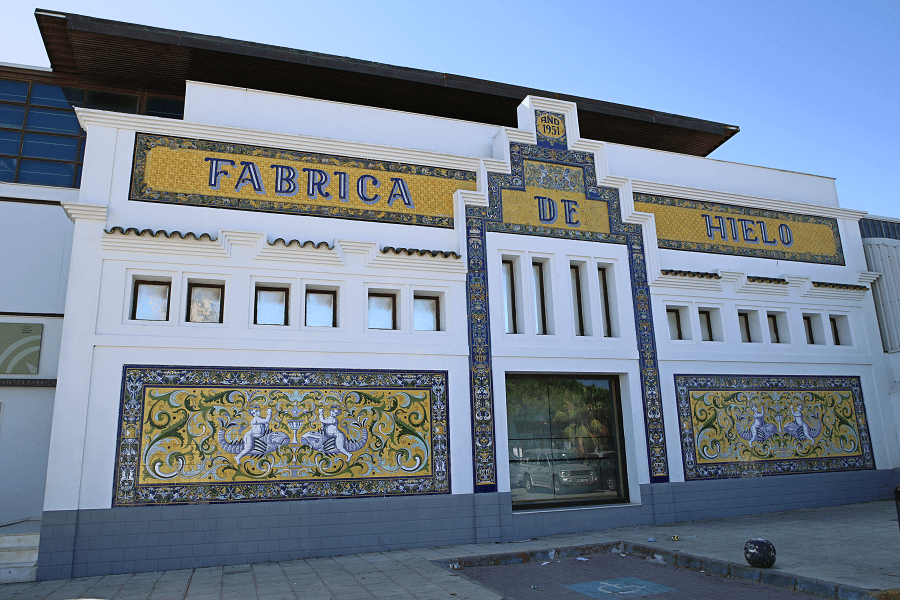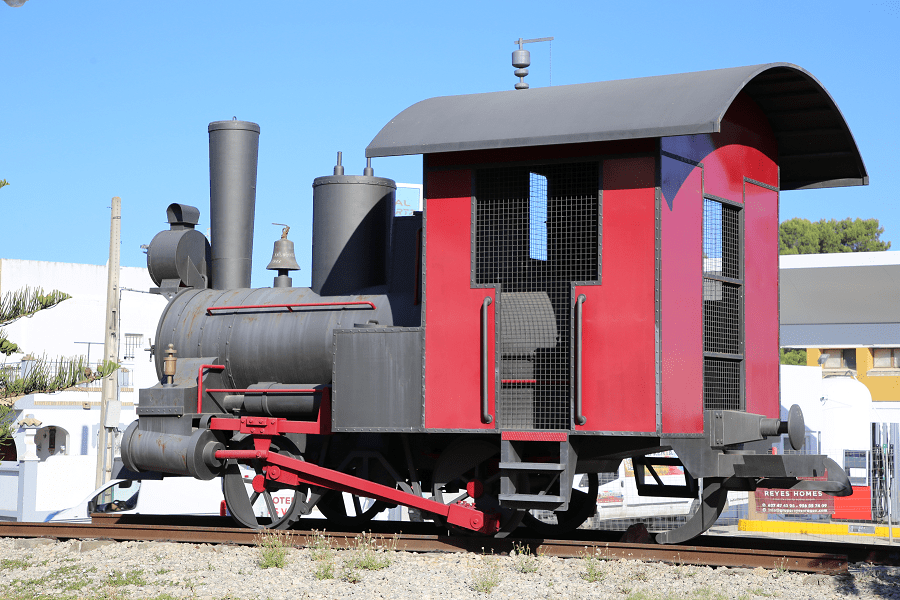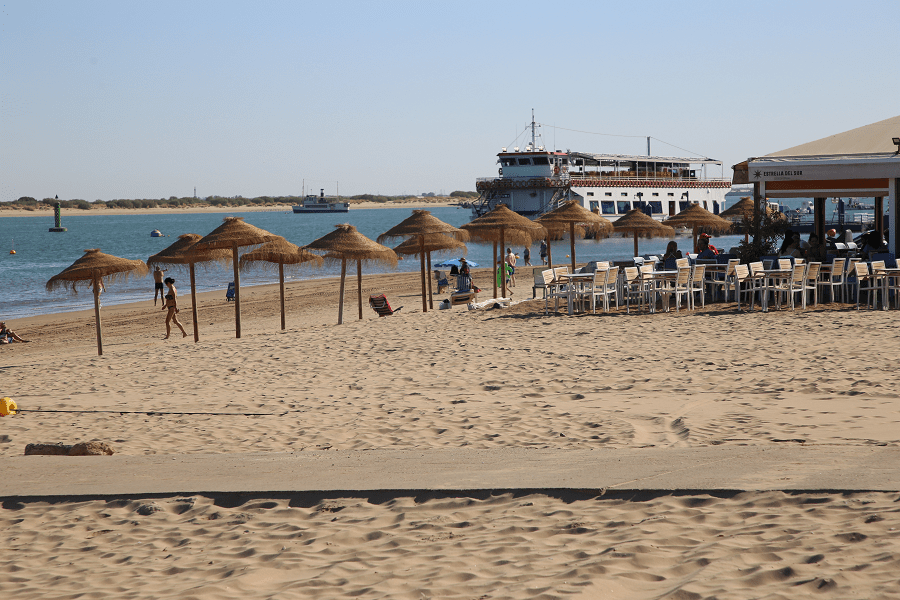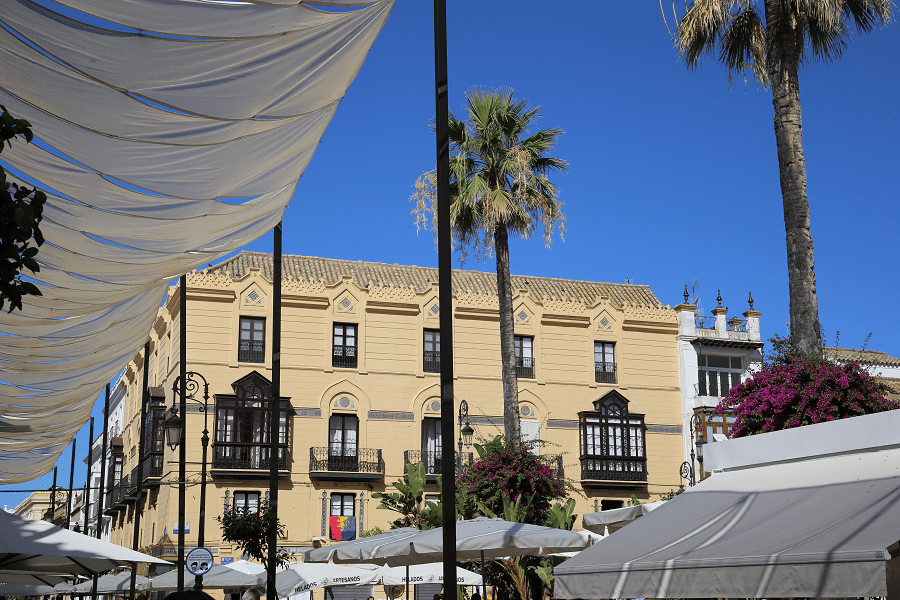Sanlúcar de Barrameda, or simply Sanlúcar, is a city in the northwest of Cádiz province, part of the autonomous community of Andalusía in southern Spain. Sanlúcar is located on the left bank at the mouth of the Guadalquivir River opposite the Doñana National Park, 52 km from the provincial capital Cádiz and 119 km from Seville – capital of the autonomous region Andalucía.
It’s a popular part of the Costa de la Luz of the Atlantic resorts of Spain.
It is internationally renowned for beach horse racing and flamenco music.
Sanlúcar de Barrameda is one of Spain’s three better-known sherry-producing towns. (The other two are Jerez de la Frontera, for which sherry is named, and El Puerto de Santa María.)
Tourism and main attractions
The historical-artistic and monumental heritage of the city was declared by decree of 1973 Asset of Cultural Interest.
The Santiago castle was built by the House of Medina Sidonia between 1477 and 1478 under the patronage of Enrique Pérez de Guzmán y Meneses, II Duke of Medina Sidonia and VII Lord of Sanlúcar. It is located in the northeast corner of the ancient citadel built in the time of Guzmán el Bueno, first Lord of Sanlúcar, on the edge of the ravine that divides the municipality into two heights.
Iglesia de la Merced: the church was part of the Convent of the Order of Our Lady of Mercy, dedicated to the redemption of captives and was built in the early 17th century in Mannerist style, under the patronage of the House of Medina Sidonia.
The Casa de Arizón is an Indian shipper’s house built in the 17th and 18th centuries. It is a property located in the neighborhood of La Balsa that occupies an area of 5,329 m², between the streets Divina Pastora, Banda Playa and the alley of the Felix. It was declared a Site of Cultural Interest in 2001 and included in the General Catalog of the Andalusian Historical Heritage. The Hotel Palacio de Arizón is currently located in it.
Baluarte de San Salvador: it is an ancient 17th century fort located on the coast of Sanlúcar. It was declared a Site of Cultural Interest with the legal typology of a monument on June 25, 1985. Of this fortress its walls, remains of the entrance, the small windows and a pair of sentries are conserved. The walls were partially hidden, half-buried in the sand until 1990, but were released by various works. It is accessible from the adjacent beach of Bonanza or by a path from the nearby Barriada de Los Marineros.
The Castle of the Holy Spirit was a fortress located in the Spanish city of Sanlúcar. The first construction dates from the year 1507, and consisted of a watchtower commissioned by the III Duke of Medina Sidonia, Juan Alonso Pérez de Guzmán, with the aim of securing the city against the arrival of corsair ships.
The Church of Nuestra Señora de la O is a Catholic temple built in the Mudejar style. This is the main parish church of the city. It was declared a National Historic-Artistic Monument in 1931 and, as an Asset of Cultural Interest, is part of the Historical-Artistic Ensemble of Sanlúcar de Barrameda, declared as such in 1973.
The Palace of Orleans and Bourbon was built between 1852 and 1876 as a summer residence by Antonio de Orleans and María Luisa Fernanda de Borbón, at the time Infantes de España and Duques de Montpensier. It is part of the historical-artistic complex and the city-convent of Sanlúcar de Barrameda.
The Palace of the Dukes of Medina Sidonia is part of the Sanlúcar de Barrameda Historical-Artistic Ensemble, declared as such in 1973. The palace was declared a Historic-Artistic Monument in 1978, along with Las Covachas. It is currently home to the Casa Medina Sidonia Foundation.
Las Covachas or Tiendas de las Sierpes is a Gothic-style merchant market. It is a part of the Sanlúcar de Barrameda Historical-Artistic Ensemble declared as such in 1973 and were declared a Site of Cultural Interest in 2007.
Museums
- Center of Reception and Interpretation of the Nature Under Guide, old natural park of Doñana.
- Visitor Center “Fábrica de Hielo”, former national and natural park of Doñana.
- Barbadillo de la Manzanilla Museum.
- Municipal Auditorium of La Merced, headquarters of the International Music Festival of Sanlúcar de Barrameda.
- Mythological Cadiz Interpretation Center.
- Exhibition of Sacred Art of the Convent of Barefoot Carmelites
Horse racing
Although a seaside town, Sanlúcar de Barrameda is also home to the oldest horse races in Spain and some of the oldest in Europe. The races take place just before sunset along the beach at the mouth of the river Guadalquivir every August with thousands of spectators. Contested at distances of 1500 m and 1800 m, these were the first regulated horse races in Spain; the riders wear distinctive colours and caps.
Beaches
Sanlúcar has about six km of beaches, framed in the so-called Costa de la Luz. The main ones are the following:
Bonanza Beach: is located at the mouth of the river Guadalquivir, next to the salt marshes and marshes of the natural area of Doñana. It has a length of 1200 meters and an average width of 40. It lacks promenade, is of calm waters and easy access on foot and by car.
Bajo de Guía Beach: it has a length of 800 m and an average width of 50. It is made of fine sand, it is suitable for the sport of sailing or other wind-related sports. It is urban, with a promenade, has rescue equipment, is easily accessible and has access for the disabled. In it is located the dock of the ship Real Fernando. Next to this pier is the Real Club Náutico, which has a dock and access to boats.
Calzada or de las Piletas beach: it is urban and has a promenade. Its length is 2300 m, with an average width of 60. It has surveillance services. Horse racing is held there every summer, so it is also known as the Sanlúcar Racecourse. On the border with the beach of Bajo de Guía, next to the sports complex and the Club de Actividades Náuticas Eslora, there is an authorized access of boats. Also on the beach of Las Piletas anchor numerous small boats dedicated to fishing and recreation and has its headquarters the Fishing Club La Balsa.
Playa de la Jara: has a length of 1550 m and an average width of 40. It is semi-urban, without promenade. It has surveillance services. It is protected by the mud cliffs of the Holy Spirit and by artificial dunes and breakwaters.
Famous Sanlúcar beaches are mentioned even in the chapter III of Don Quixote: … “él ansimismo en los años de su mocedad se habia dado á aquel honroso ejercicio andando por diversas partes del mundo buscando sus aventuras, sin que hubiese dejado los percheles de Málaga, islas de Riarán, compás de Sevilla, azoguejo de Segovia, la olivera de Valencia, rondilla de Granada, playa de Sanlucar..”.
Cuisine and restaurants
The most appreciated part of its traditional gastronomy are the aforementioned Sanlúcar prawns and manzanilla, as well as fried fish, seafood stews and products from its renowned garden, among which the Sanlúcar potato (or “sand potatoes” stands out ). Some of the culinary specialties of Sanluqueñas are seafood rice, clams, ortiguillas, choco eggs, galeras, shrimp omelettes, marinated dogfish, seafood salpicón, piriñaca, roasted peppers with prawns, aliñás potatoes, hot garlic (similar to Roteño starter) and the “veranillo”.
The are three Michelin restaurants in the city:
El Espejo, Caballeros 11, 25 – 45 EUR • Modern Cuisine
Casa Bigote, Pórtico de Bajo de Guía 10, 33 – 45 EUR • Seafood
Taberna Casa Bigote, Pórtico Bajo de Guía 8, 30 – 60 EUR • Seafood, Traditional Cuisine
How to get to?
From Cadiz 39 min (49.3 km) via A-4 and A-480
From Seville 1 hr 19 min (99.9 km) via AP-4 and A-471
From Madrid 6 hr 8 min (627 km) via A-66 and A-5
Main information
Area: 170 sq. km (municipality)
Coordinates: 36°46′44″N 6°21′14″W
Population: 69 205
Languages: Spanish
Currency: Euro
Visa: Schengen
Time: Central European UTC +1
See here best sea and ocean resorts of France and Spain (223 objects)



